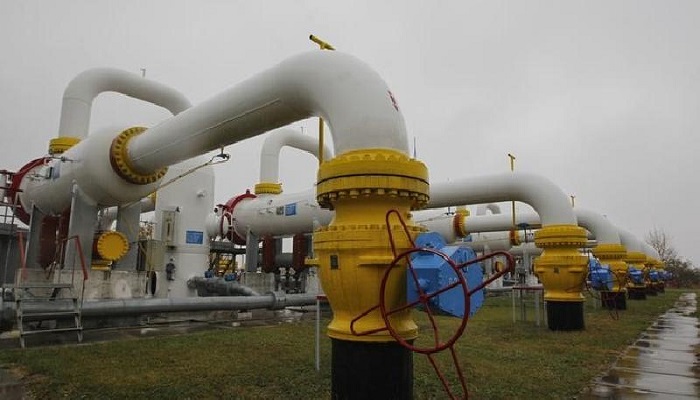Natural gas costs went on to experience quite a modest uptick of 0.24%, thereby concluding at 207.5, pushed by anticipations of majorly colder weather in January 2024. Apparently, this surge was pushed by a rising demand for heating, thereby coinciding with record gas flows across U.S. LNG export facilities.
Interestingly, this price shift occurred against the scenery of record gas output along with comparatively mild weather scenarios, thereby allowing utilities to draw less gas from the storage. The market dynamics happen to be unfolding due to heightened attention to the interplay in weather patterns as well as natural gas prices.
In spite of witnessing record production levels as well as ample gas supplies across storage, traders happen to be vigilant about the potential effect of evolving weather conditions when it comes to market dynamics. The expectation of colder weather in January has added momentum into the natural gas prices, which is driven by the boost in heating demand.
This month, the average gas output across the lower 48 U.S. states touched 108.6 billion cubic feet per day- bcfd, thereby marking a rise from the preceding record of 108.3 bcfd in November. Though the weather projections go on to suggest a warmer-than-normal trend by December 30, anticipations point to a transition toward colder-than-normal scenarios from December 31 to January 6. This temporal transition in weather conditions happens to add a layer of complexity across the market dynamics, thereby influencing both supply as well as demand factors.
Furthermore, there happened to be a decrease in U.S. pipeline exports to Mexico by an average of 4.2 billion cubic feet per day- bcfd in December, a dip from the erstwhile 5.6 bcfd that was observed in November. This dip in exports to Mexico happens to be in contrast with the gradual rise in gas flows across major U.S. LNG export plants, thereby touching an average of 14.6 bcfd in December. This number crossed the previous record of 14.3 bcfd, which was recorded in November, thereby stressing the evolving patterns when it comes to gas trade dynamics.
Apparently, from a technical point of view, the market showed signs of fresh buying, seeing a 4.26% surge in open interest that settled at 27,070. The support level when it comes to natural gas is identified at 203.4, and anything below this level can potentially go on to test the 199.2 levels. If one sees the upside, resistance is expected at the 210.3 mark, and overtaking this level could push prices to test the 213 marks.
As natural gas prices go on to respond to the complex dynamics between weather forecasts, heating demand, as well as export dynamics, the market goes on to be dynamic and also subject to shifts. The scenario of these elements highlights the significance of tracking both short-term as well as long-term trends in natural gas prices, with traders observing keenly the technical indicators for probable future movements. The coming weeks as one enters 2024, marked by the shift into January and the ever-changing weather patterns, are most likely to contribute to the consistent instability as well as responsiveness when it comes to the natural gas market.



















































